Choosing the right tire valve stem is crucial for safety and performance. It is recommended to replace valve stems when replacing tires. This guide covers valve stem lengths, angles, pressure ratings, rim hole diameters, temperature ratings, and more. Our detailed tire valve stem size chart includes information for vehicles of any kind.
Different Stem Lengths
Valve stems come in various lengths to suit different vehicles:
- Passenger Vehicles: Common lengths include 1.25 inches and 1.5 inches.
- Heavy-Duty Trucks: Typically require longer stems, around 2 to 2.5 inches or more, for easy access.
- Motorcycles: Often use shorter stems, around 0.88 inches, for compact wheels.
- Tractors and Off-Road Vehicles: May use stems ranging from 1.25 inches to 3 inches, depending on wheel size.
Stem Angles
Valve stems can be straight or angled, catering to various vehicle requirements:
- Straight Stems: Standard for most passenger vehicles and motorcycles.
- 45-Degree Angled Stems: Common for heavy-duty trucks to allow easier access.
- 90-Degree Angled Stems: Often used on motorcycles and some off-road vehicles for accessibility in tight spaces.
Pressure Ratings
Different vehicles require valve stems with specific pressure ratings:
- Passenger Vehicles: Standard rubber valve stems are rated up to 65 psi.
- Heavy-Duty Trucks: Metal valve stems are recommended, with ratings up to 200 psi.
- Motorcycles: Rubber stems rated up to 65 psi are usually sufficient.
- Tractors and Off-Road Vehicles: High-pressure metal stems are ideal, handling up to 100 psi or more.
Rim Hole Diameters
The diameter of the rim hole is crucial for valve stem fitment:
- Passenger Vehicles: Common diameters are 0.453 inches and 0.625 inches.
- Heavy-Duty Trucks: Typically use larger diameters, around 0.625 inches.
- Motorcycles: Usually have smaller diameters, around 0.327 inches.
- Tractors and Off-Road Vehicles: Diameters can vary, but 0.625 inches is common.

Temperature Ratings
Valve stems must endure varying temperatures based on vehicle use:
- Passenger Vehicles: Rubber valve stems can handle -40°F to 180°F.
- Heavy-Duty Trucks: Metal valve stems withstand more extreme temperatures, from -65°F to 250°F.
- Motorcycles: Similar to passenger vehicles, with rubber stems enduring -40°F to 180°F.
- Tractors and Off-Road Vehicles: Metal stems are preferred for extreme temperature conditions.
Importance of Proper Fit
Using the correct valve stem ensures air retention and tire longevity. An improper fit can lead to leaks and potential blowouts. Always refer to a tire valve stem size chart when choosing the right stem for your vehicle.

Checking Valve Stems
Regular inspection of valve stems is essential for safety:
- Passenger Vehicles: Check for cracks and leaks.
- Heavy-Duty Trucks: Inspect for corrosion and wear due to high pressures.
- Motorcycles: Look for damage due to frequent exposure to elements.
- Tractors and Off-Road Vehicles: Ensure stems are intact despite rough terrain.
A simple trick to check for leaks around the valve stems is to put some soapy water around the stem and look for any areas that bubble up. If you see this, it is time to replace your valve stem.
Installation Tips
Proper installation of valve stems is key:
- Passenger Vehicles: Ensure the stem is seated correctly.
- Heavy-Duty Trucks: Use a valve stem tool for a secure fit.
- Motorcycles: Avoid over-tightening to prevent damage.
- Tractors and Off-Road Vehicles: Regularly check for a secure fit due to rugged use.
Conclusion
Choosing the right tire valve stem involves understanding lengths, angles, pressure, and temperature ratings for various vehicles. Refer to a tire valve stem size chart for precise fitment. Proper valve stems contribute to vehicle safety and tire longevity.
Don’t forget Tire Hardware is here to help. If you have any questions, feel free to reach out to [email protected] or (417) MY-TIRES (698-4737)
-
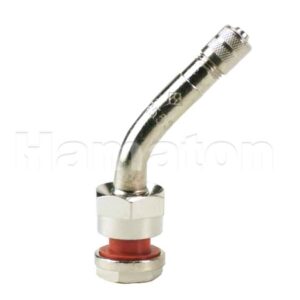 Nickel-Plated Commercial Vehicle Valve with 45 Degree Bend (TR553C)$2.55
Nickel-Plated Commercial Vehicle Valve with 45 Degree Bend (TR553C)$2.55 -
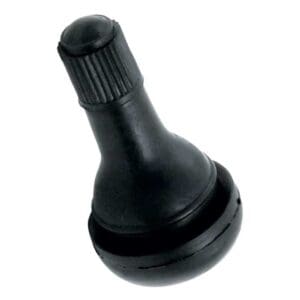 Snap-In Rubber Valve Stems – Set of 50 (ALL44136-50)$43.99
Snap-In Rubber Valve Stems – Set of 50 (ALL44136-50)$43.99 -
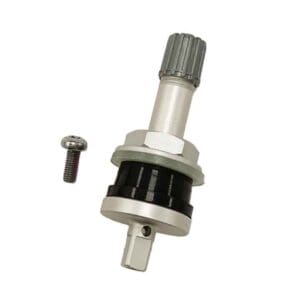 Hamaton Aluminum TPMS Service Kit For TRW Ram Sensor (.625-Inch Rim Hole) – (6-439AL)$5.99
Hamaton Aluminum TPMS Service Kit For TRW Ram Sensor (.625-Inch Rim Hole) – (6-439AL)$5.99 -
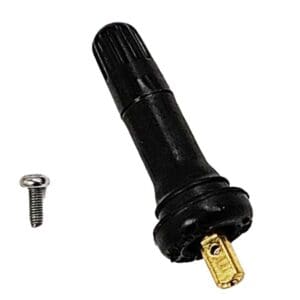 G.M./Ford EU-Pro Hybrid 3.5 & Schrader Gen 4 Snap-In Rubber TPMS Valve (6-207)$1.98
G.M./Ford EU-Pro Hybrid 3.5 & Schrader Gen 4 Snap-In Rubber TPMS Valve (6-207)$1.98 -
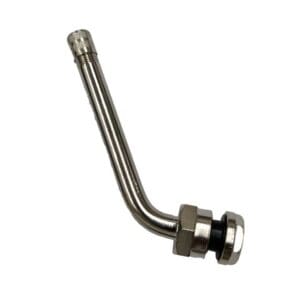 High Heat Grommet Seal 60 Degree Truck Valve – TR555D$2.99
High Heat Grommet Seal 60 Degree Truck Valve – TR555D$2.99 -
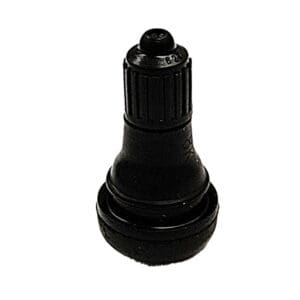 .88 Inch Snap-in Rubber Valve Stem – TR412$0.97
.88 Inch Snap-in Rubber Valve Stem – TR412$0.97 -
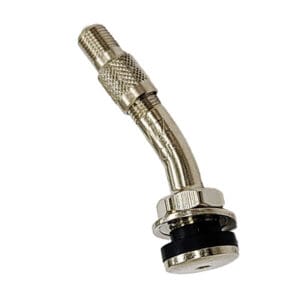 23 Degree Performance/Specialty Ford O.E. Dually Valve Stem (TR416-20)$3.89
23 Degree Performance/Specialty Ford O.E. Dually Valve Stem (TR416-20)$3.89 -
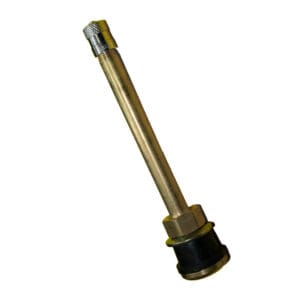 3.75 Inch Clamp-In Brass Valve Stem – TR572$2.39
3.75 Inch Clamp-In Brass Valve Stem – TR572$2.39 -
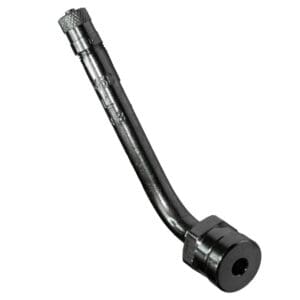 High Heat O-Ring 60 Degree Clamp-In Valve – TR545D$2.69
High Heat O-Ring 60 Degree Clamp-In Valve – TR545D$2.69






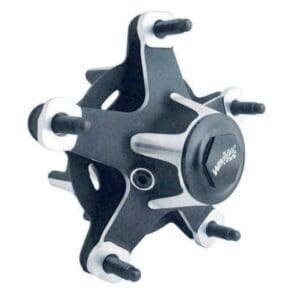



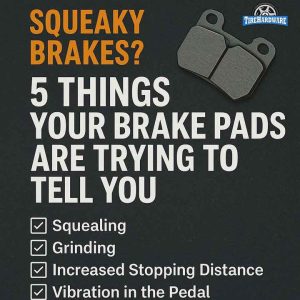
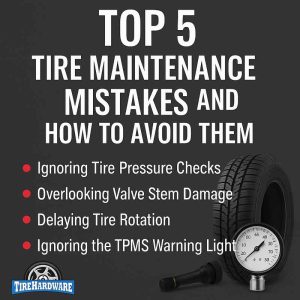
Pingback: Maintaining High Pressure Tire Valve Stems for Longevity - Tire Hardware